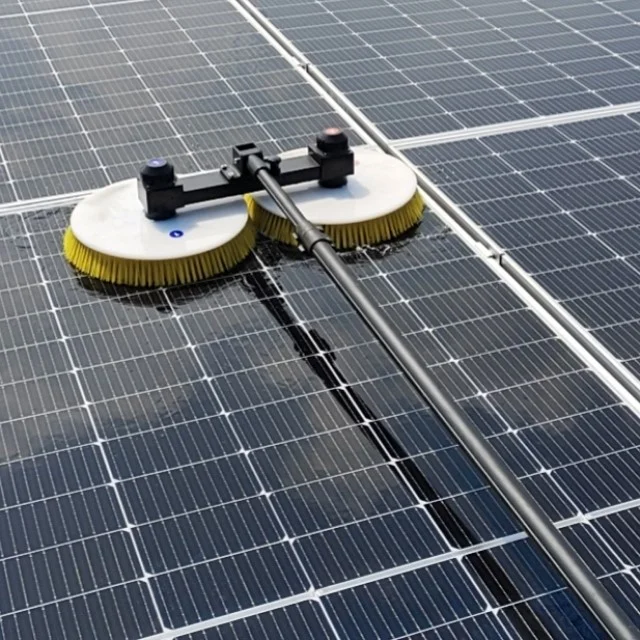As electric vehicles (EVs) continue to gain popularity, concerns about the lifespan and disposal of their batteries have emerged. In this forum post, we will delve into the intriguing question: What happens when an EV battery dies? We will explore the multi-faceted aspects of battery end-of-life management, including recycling, repurposing, and the potential for a second life.
- Recycling: A Sustainable Solution
When an EV battery reaches the end of its useful life, recycling becomes a crucial step in minimizing environmental impact. The recycling process involves several stages, including collection, disassembly, and material recovery. Through advanced techniques, valuable metals such as lithium, cobalt, and nickel can be extracted and reused in the production of new batteries. This closed-loop approach not only conserves resources but also reduces the demand for mining raw materials. - Repurposing: Extending Battery Lifespan
While an EV battery may no longer meet the performance requirements for automotive use, it can still find a second life in various applications. One such example is energy storage systems (ESS) for renewable energy sources. By repurposing retired EV batteries, we can harness their remaining capacity to store excess energy generated from solar panels or wind turbines. This approach not only reduces waste but also contributes to a more sustainable energy ecosystem. - Research and Development: Advancing Battery Technology
The end-of-life stage of EV batteries serves as a valuable resource for research and development. Scientists and engineers are continuously exploring ways to improve battery performance, durability, and recyclability. By studying retired batteries, they gain insights into failure mechanisms, degradation patterns, and potential improvements for future generations of batteries. This iterative process drives innovation and paves the way for more efficient and sustainable energy storage solutions. - Environmental Concerns: Mitigating Risks
While recycling and repurposing offer promising solutions, it is essential to address potential environmental risks associated with EV battery disposal. Proper handling and treatment of hazardous materials within the battery, such as electrolytes and heavy metals, are crucial to prevent soil and water contamination. Strict regulations and standardized procedures ensure that the recycling and disposal processes adhere to stringent safety and environmental standards.
Conclusion:
The fate of EV batteries does not end with their retirement from electric vehicles. Through recycling, repurposing, and research and development efforts, we can maximize the value and minimize the environmental impact of these powerhouses. By embracing a circular economy approach, we can create a sustainable future where EV batteries continue to contribute to our energy needs even after their initial purpose is fulfilled.




